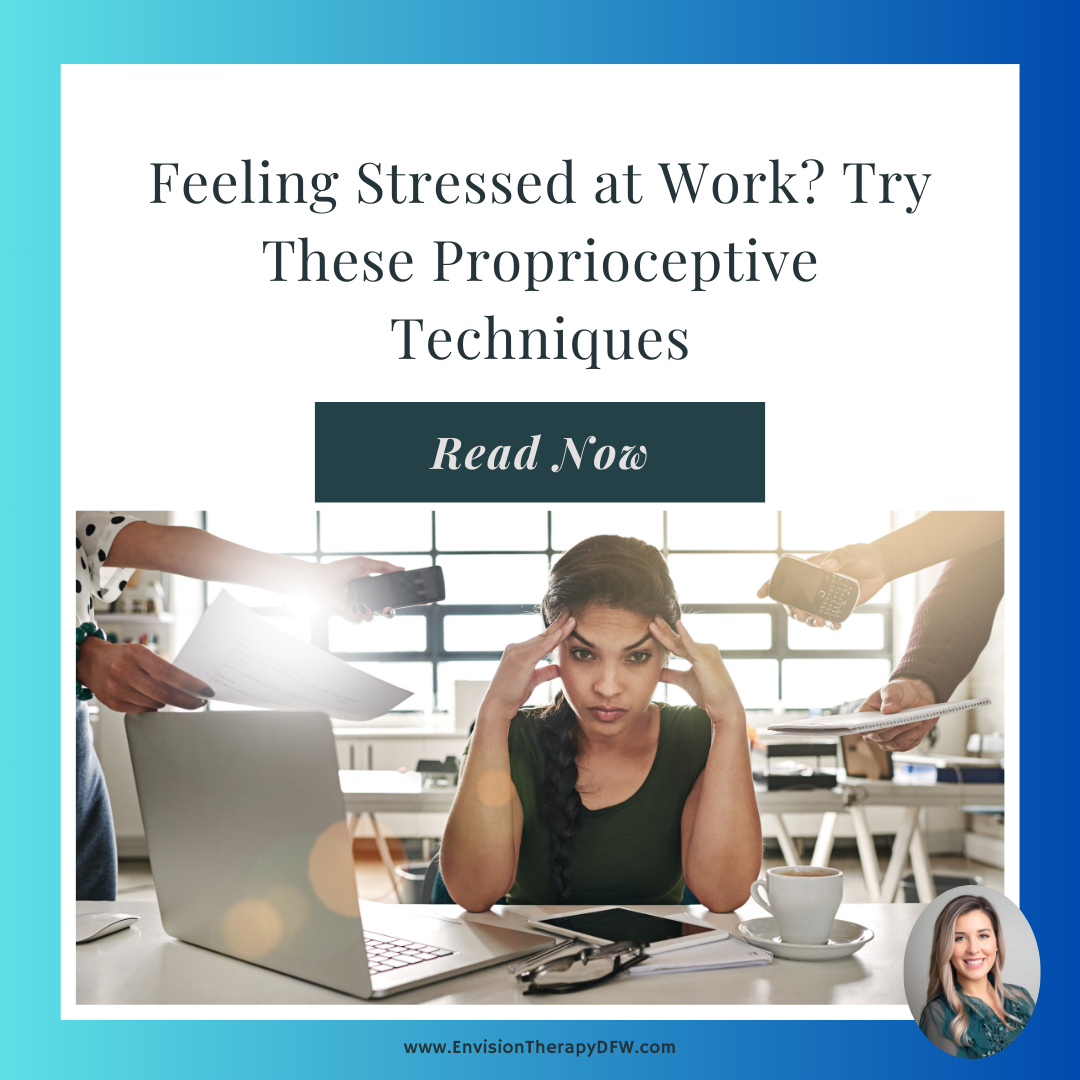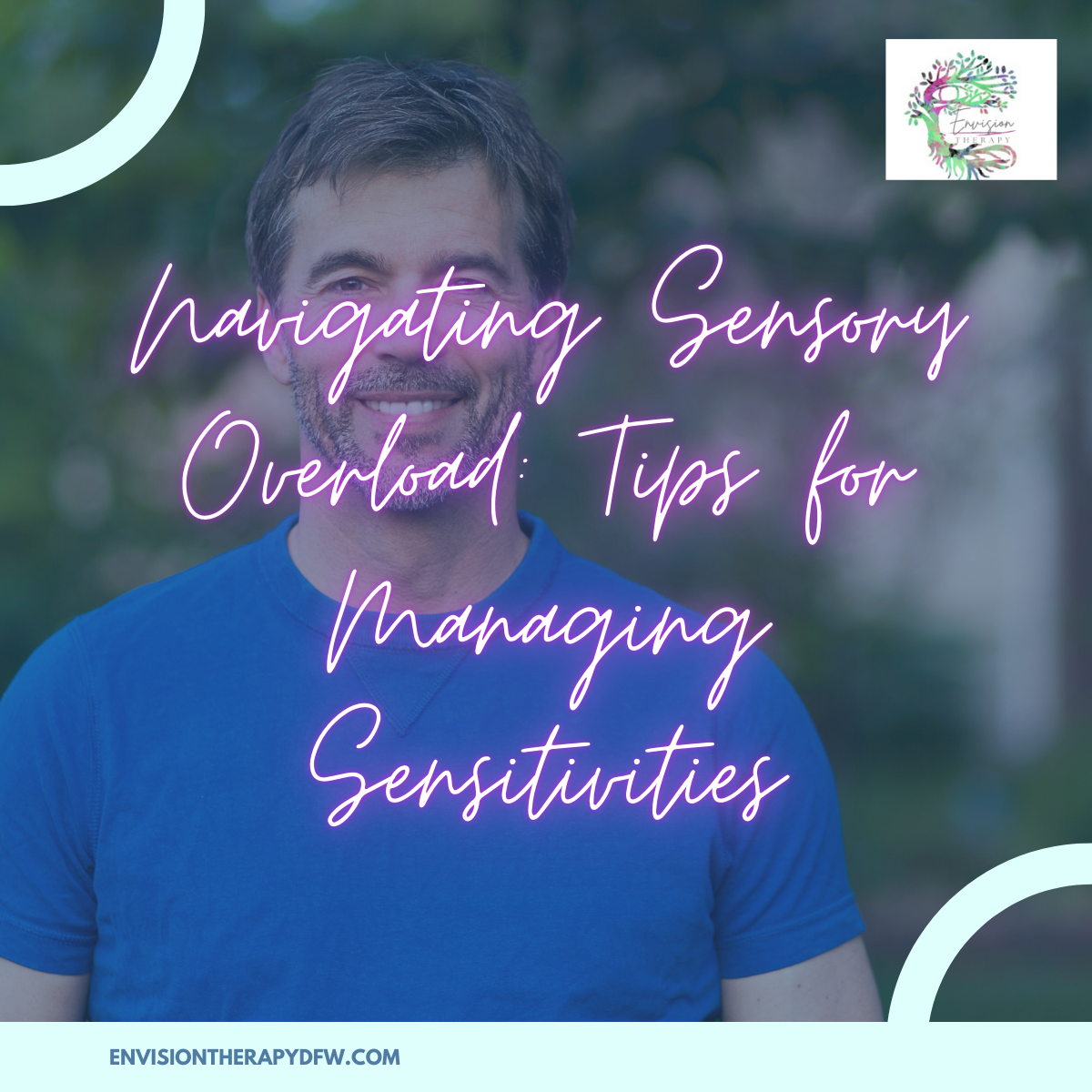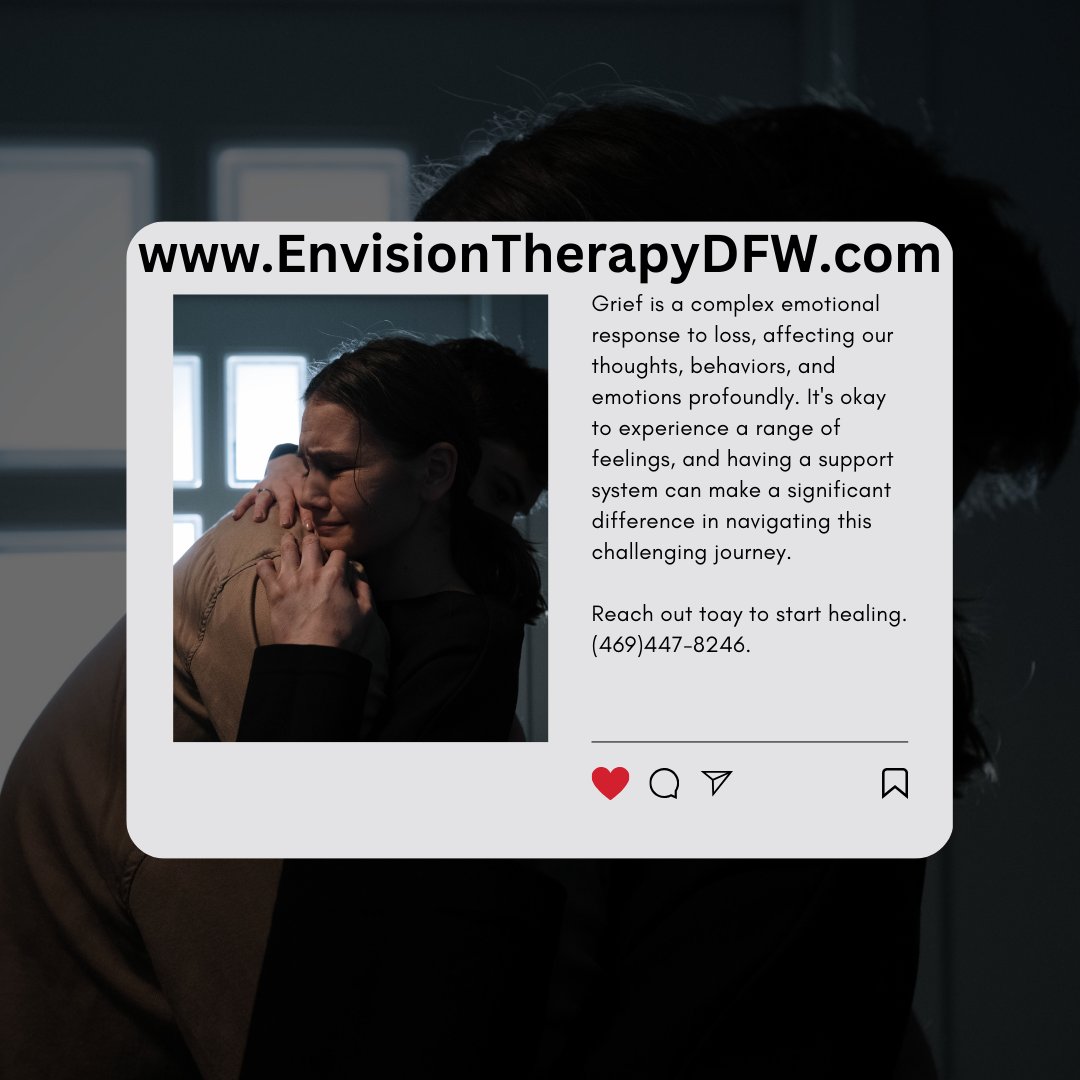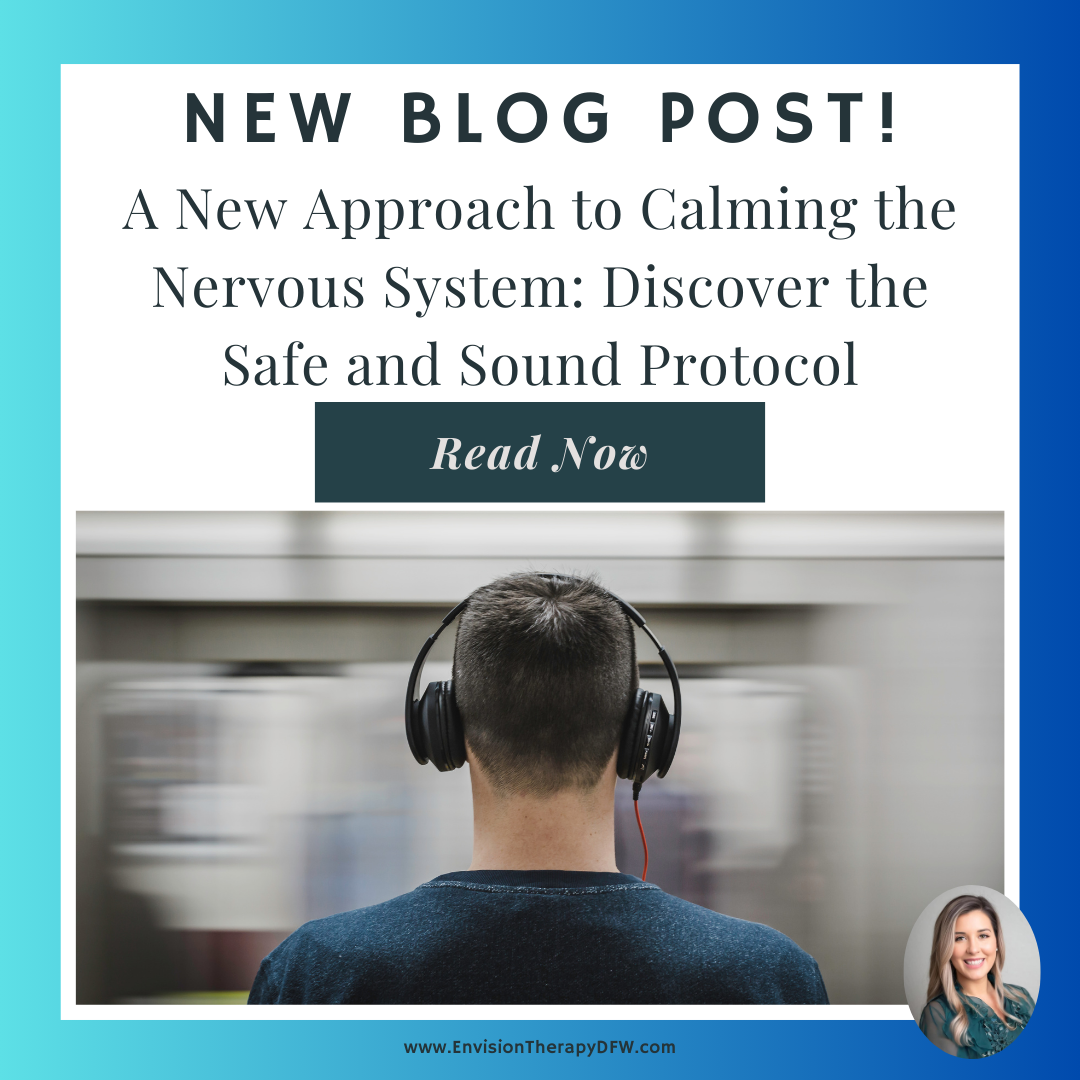What Are Proprioceptive Activities?
Proprioception, often called our “sixth sense,” is our body’s ability to perceive its own position in space. It allows us to move smoothly and coordinate our actions, like typing on a keyboard without looking or walking without stumbling. Proprioceptive activities are physical exercises that engage our muscles and joints, sending signals to the brain that help regulate our nervous system.
These activities don’t just offer physical benefits; they have a powerful impact on our mental state. By engaging in proprioceptive movements, we can calm an overstimulated nervous system, release pent-up energy, or even prepare our body and brain to focus better on tasks at hand. Think of it as a natural way to hit the “reset” button on your mind and body.
Who Are Proprioceptive Activities For?
Proprioceptive activities aren’t just for people with diagnosed sensory processing disorders or ADHD. They can be beneficial for almost anyone, but they’re especially helpful if you fall into one or more of the following categories:
- People with Focus and Attention Issues: If you find your mind wandering or struggle to keep your attention on a task, proprioceptive input can help increase mental alertness. Activities like wall push-ups or squeezing a stress ball can give your brain the extra stimulation it needs to get back on track.
- Individuals Experiencing Anxiety and Stress: High-stress jobs or environments can make your nervous system feel overloaded. Proprioceptive exercises have a calming effect on the brain, which can help you feel more grounded and in control. These activities are an excellent way to manage stress discreetly, even during a hectic workday.
- Those with Sensory Processing Challenges: For people who are highly sensitive to sensory stimuli, like bright lights or loud noises, the office environment can be overwhelming. Proprioceptive input acts like a stabilizer, helping to filter and organize sensory information so you’re less likely to feel overstimulated.
- Hyperactive or Restless Individuals: If you have a lot of excess energy and find it difficult to sit still, proprioceptive activities can give you a safe and effective outlet for that energy. This can be crucial in settings where staying still and quiet is necessary, such as during meetings or desk work.
- People with Chronic Pain or Stiffness: If you sit for extended periods, you may experience muscle tightness or stiffness. Gentle proprioceptive exercises can help relieve discomfort and keep your muscles active, making you feel more relaxed and limber throughout the day.
When to Know If You Need Proprioceptive Activities
Recognizing the signs that you might benefit from proprioceptive activities can be crucial for enhancing your work performance and well-being. Here are some scenarios where proprioceptive input may be helpful:
- Restlessness or Hyperactivity: If you notice that your legs are bouncing under your desk, you’re constantly fidgeting, or you feel a strong urge to get up and move around, this is a sign that your body is craving movement. A few simple proprioceptive activities can help channel that energy productively.
- Difficulty Concentrating: If you find yourself zoning out during important tasks or struggling to follow a conversation in a meeting, proprioceptive activities can help “wake up” your brain and boost your focus. Engaging in a quick round of chair push-ups or a brief walk can make it easier to get back to work with a clearer mind.
- High Stress Levels: If you feel overwhelmed by a heavy workload or tight deadlines, your stress can manifest physically. Symptoms like muscle tension, shallow breathing, or feeling jittery indicate that your nervous system needs some calming input. Simple activities like squeezing a stress ball or using a weighted lap pad can have a calming effect.
- Feeling Overwhelmed by Sensory Input: If you’re sensitive to your environment and find office noises, bright lights, or constant activity overwhelming, proprioceptive activities can help bring your sensory system back into balance. These exercises help your brain filter out unimportant stimuli and make you feel more in control.
- Frequent Body Discomfort: If you find that sitting for long hours leaves you feeling stiff or uncomfortable, proprioceptive exercises can offer relief. Gentle movements that engage your muscles will help keep your body feeling more relaxed and pain-free.
Proprioceptive Activities You Can Do at Work
Now that you know the benefits, here are some practical proprioceptive activities you can do discreetly in the workplace:
- Chair Push-Ups: This activity is subtle but effective. Sit upright in your chair, place your hands on the armrests, and push yourself up, lifting your bottom off the seat. Hold the position for a few seconds, then lower yourself back down. This engages your upper body muscles and provides grounding sensory input.
- Wall Push-Ups: Stand a few feet away from a wall, place your palms flat against it, and do push-ups. This exercise is great for a quick burst of energy and can be done in a break room or even a hallway when you need to refocus.
- Stress Ball Squeeze: Keep a stress ball at your desk and use it to release tension in your hands and fingers. This simple movement engages your hand muscles and provides a calming, repetitive action that can be soothing during stressful moments.
- Isometric Holds: You can do this right at your desk without drawing much attention. For example, press your palms together in front of your chest, hold for 5-10 seconds, and release. You can also try placing your hands on your desk and pushing down firmly. These isometric exercises activate your muscles and help you feel more centered.
- Carrying Heavy Objects: If your office environment permits, volunteer to carry or move items like boxes of printer paper or files. The weight provides deep pressure to your muscles, offering a satisfying sense of grounding.
- Use a Weighted Lap Pad: This may not be feasible in all workplaces, but if you can, place a small weighted lap pad across your thighs while you work. The deep pressure can have a calming effect and help you maintain focus for longer periods.
Benefits of Proprioceptive Activities at Work
Engaging in proprioceptive activities can offer a wide range of physical and mental benefits, including:
- Improved Focus and Attention: These activities help your brain stay engaged by providing the necessary sensory input to maintain attention. When your body is settled, your mind can more easily focus on work tasks.
- Calm and Regulate Emotions: Proprioceptive input has a calming effect on the nervous system. When you’re feeling overwhelmed or anxious, heavy work can act as a natural reset, helping to regulate your emotional state.
- Reduce Restlessness: For those who feel the urge to move constantly, proprioceptive activities provide an outlet for that energy. This can help you feel more at ease and less distracted in environments where stillness is required.
- Relieve Muscle Tension and Stiffness: Sitting for extended periods can lead to muscle stiffness and tension, which can make it difficult to concentrate. Proprioceptive activities engage your muscles and joints, helping to alleviate discomfort and promote better posture.
- Enhanced Self-Regulation: By helping you feel more in control of your body and sensory input, these activities can make it easier to regulate your behavior and emotional responses, leading to a more productive and balanced workday.
When to Seek Additional Help
While proprioceptive activities can be incredibly beneficial, there may be times when additional support is needed. If you find that these activities don’t seem to provide lasting relief or that your sensory needs interfere significantly with your work or daily life, it might be helpful to consult with an occupational therapist or healthcare professional.
They can provide personalized recommendations, evaluate if you have any underlying sensory processing disorders, and offer tailored strategies to help you feel more comfortable and functional in various environments.
Proprioceptive activities are a simple yet powerful way to stay focused, calm, and balanced throughout your workday. They’re accessible, easy to integrate into your routine, and can have a profound impact on your overall well-being. Whether you’re dealing with stress, restlessness, or simply the challenges of a desk-bound job, a few minutes of heavy work exercises can transform your day. If you are looking for more customized ideas, reach out to any of our therapists.
Try incorporating these activities into your work routine and experience how they can enhance your productivity and sense of calm. Your mind and body will thank you!


















































































Leave a Reply